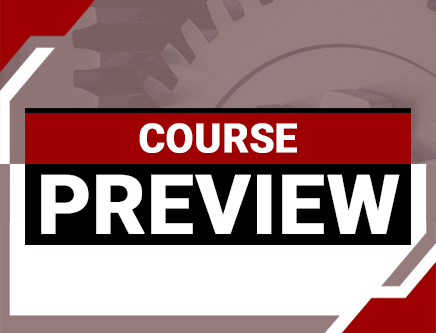Introduction to Transistors
In Introduction to Transistors, you'll learn ...
- What is a transistor and how it operates
- How a transistor amplifier works
- How to select proper circuit-biasing conditions for an amplifier
- Amplifier classes of operation
Overview
A transistor is a small electronic device that amplifies a signal or can turn electricity on or off. Invented in 1948 at Bell Labs, transistors have become the key ingredient of all digital circuits, including computers.
A transistor consists of three layers of silicon or germanium semiconductor material. Impurities are added to each layer to create a specific electrical positive or negative charged behavior: There are essentially two basic types of point-contact transistors, the NPN transistor and the PNP transistor, where the N and P stand for negative and positive, respectively. The only difference between the two is the arrangement of bias voltages.
To understand how a transistor works, you have to understand how semiconductors react to an electric potential. Some semiconductors will be N-type, or negative, which means that free electrons in the material drift from a negative electrode (of, say, a battery it's connected to) toward the positive. Other semiconductors will be P-type, in which case the electrons fill "holes" in the atomic electron shells, meaning that it behaves as if a positive particle is moving from the positive electrode to the negative electrode. The type is determined by the atomic structure of the specific semiconductor material.
This course provides a basic understanding of the physical concepts needed to understand the fundamentals of semiconductor devices.
Specific Knowledge or Skill Obtained
This course teaches the following specific knowledge and skills:
- Define the term "transistor" and give a brief description of its construction and operation
- How the transistor can be used to amplify a signal
- The four classes of amplifiers
- The three different transistor circuit configurations and how they operate
- The precautions to be taken when working with transistors, as well test methods
- How integrated circuits are constructed and the advantages they offer over conventional transistor circuits
- The two types of circuit boards
- The purpose and function of modular circuitry
Certificate of Completion
You will be able to immediately print a certificate of completion after passing a multiple-choice quiz consisting of 20 questions. CPD credits are not awarded until the course is completed and quiz is passed.




